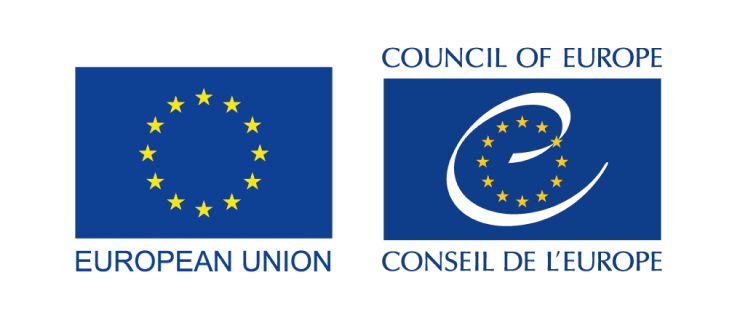International Organisation Resource
Teaching 20th-century European history
Robert Stradling • Council of Europe • 2001
Levels and forms of education
Resource type
Conceptual or themathic publications
Reference Documents
Guidelines and guidance for teaching
Activities outside the classroom (e.g. tour guides, etc.)
Historic approaches concerned
Cultural History
Economic History
Gender History
Intellectual History
Local History
Microhistory
Military History
Political History
Social History
Transnational History
Other Approaches
Historic period
No data
Countries or areas concerned
No data
Languages
English
Description
The main aims of this handbook are threefold: • to encourage history teachers throughout Europe to extend the breadth of their teaching on the 20th century, in particular to introduce a wider European dimension, that takes account of the main forces, movements and events which have shaped the whole continent over the last 100 years; • to provide them with a wide range of perspectives, teaching ideas and illustrative material on those topics, themes and events which have been of particular significance to Europe as a whole; • to offer some practical advice, based on teachers’ own experiences, of how to make effective use of some of the more innovative teaching and learning activities, including the new communication technologies, in their teaching. However, in developing this handbook we have also kept in mind considerations discussed below. First, any book which is produced for teachers across the whole of Europe has to acknowledge that, at present, educational systems vary greatly in terms of the resourcing for schools and the provision of initial and in-service training; the range and quality of textbooks and other learning materials; and the scope for making use of multi-media learning facilities and new technologies. Some of the approaches and illustrative material in this book will be regarded as everyday practice by some readers, highly innovative by others, and even unrealistic by some given the practical constraints they have to operate within. We have tried to maintain a balance here to reflect these different circumstances and experiences. Second, recent surveys of history curricula in Europe indicate that there is no overall consensus about how 20th-century history should be structured or taught, although there are some signs now that approaches are beginning to converge. Therefore, we have tried to reflect the current diversity by openly acknowledging that there may be a number of different ways in which the same topic or theme could be effectively covered, and a number of different ways in which the same desirable learning aims and objectives could be achieved. Third, we have tried to ensure that the handbook will be both flexible and user-friendly. Some may choose to use it as a resource for in-service training; others may prefer to “dip into” it rather than read it from cover to cover. The structure of this book The book is split up into three main parts. The first part focuses on those historical themes and topics relating to the 20th century which are widely taught throughout Europe. It includes some illustrative material and some ideas for innovative approaches using the mass media, oral history, simulations and out-of-school learning opportunities. The second part focuses on aspects of pedagogy within history teaching. It addresses some of the key issues outlined previously, including, for example: • the integration of skills-based learning into a predominantly knowledgebased syllabus or curriculum framework; • handling controversial and sensitive issues; • teaching students how to make effective use of visual archive material on the 20th century; • integrating out-of-school learning opportunities into classroom teaching; • making effective use of the new technologies. The third part focuses on how different historical sources and resource material can be used in the classroom. These include oral history, primary written sources and audiovisual source material. The second part also includes guidance on evaluating some of the teaching resources now available to the history teacher. An appendix has been included which provides information on bilateral and multilateral projects supported by the Council of Europe and which have relevance to teaching 20th-century European history. Information about other European-wide activities and initiatives which may be of interest to teachers involved in teaching recent and contemporary history may also be found here.
Keywords
No data
